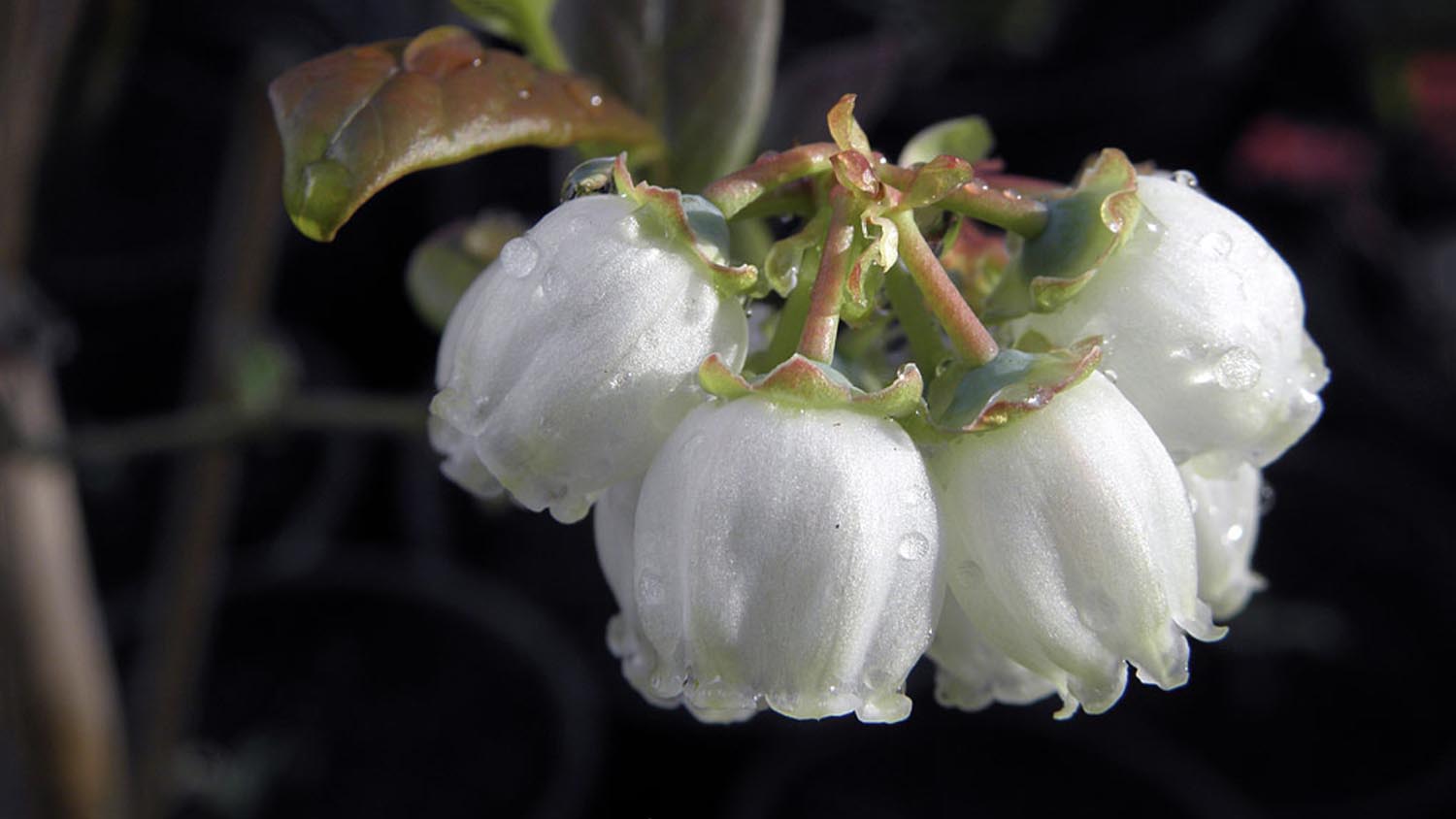Cooperative Extension helps Currituck ‘go green’ with new garden and improved storm-water ponds
In Currituck County — the farthest northeastern place you can go in North Carolina — people recognize that environmental stewardship is key to the economy and the quality of life. To help lead the way, N.C. Cooperative Extension is incorporating environment-protecting practices on the site of its 3-year-old county center.
On a bright October morning, 15 Extension Master Gardener volunteers created a wildlife garden of native plants on the rural site near Barco.
The volunteers also learned about improvements that have made the three storm-water ponds on the site a model for builders, engineers, landscape architects, golf course managers and others involved in developing commercial and residential areas.
The garden and the improved ponds were among the first fruits of the “Currituck Goes Green” collaboration among the county planning department, North Carolina Sea Grant, Cooperative Extension, the University of North Carolina’s Coastal Studies Institute, the N.C. Coastal Federation and others. Funding came from the county and from the Albemarle-Pamlico National Estuary Program, sponsored by the N.C. Department of Environment and Natural Resources and the U.S. Environmental Protection Agency.
Gloria Putnam and Barbara Doll, both water-quality specialists with Sea Grant and Cooperative Extension, led the project. It got started, Putnam said, when she and Rodney Sawyer, the previous county Extension director, recognized that the former farm field that is now the site of the beautiful new Extension facility could become an outdoor classroom showcasing environmentally friendly development in northeastern North Carolina.
Environmental stewardship is the top concern for county residents, a recent Extension survey revealed. And protecting water resources — which cover roughly half of the county — is particularly important.
County Planning Director Ben Woody said, “The Currituck Sound and the other water resources are an important part of the culture of the county. So projects like this that have a focus on water quality have always been well-supported by our commissioners and by our community.”
Indeed, in 2009, the commissioners adopted a resolution directing county staff members to provide continual training and education to advance sustainable stewardship and to explore the possibility of a sustainability plan. The goal, they noted, was to create “a more stable, sustainable future … that will ensure lasting social, economic and environmental prosperity.”

The garden-and-ponds project, Putnam said, is the first “on-the-ground demonstration project to help county residents and businesses visualize and understand what adopting green practices could do for a site and the environment.”
The existing ponds, which cover an acre, already met the state’s minimum coastal storm-water runoff standards, Putnam said, removing sediment and slowing runoff that would flow from the site into adjacent agricultural ditches that flow into the North River and, from there, into the Albemarle Sound.
But she and Doll knew that a few changes could make them even better.
Doll, an environmental water resource engineer, recommended adding an aquatic bench around the ponds’ edges to improve storm-water treatment, provide wildlife habitat and make the site more attractive. That meant excavating the site and installing native wetland plants such as sweet flag, creeping water plantain, fragrant waterlily, arrow arum, pickerel weed and softstem bulrush.
The Master Gardeners also used native plants when they installed the wildlife garden. They put in shrubs such as winterberry holly and beautyberry; flowering plants such as purple coneflower and Virginia sweetspire; grasses such as pink muhlygrass; and deciduous trees such as apple serviceberry. The plants are designed to attract small mammals, songbirds and game birds, butterflies and other pollinating insects.
Jan Perry-Weber, Cooperative Extension’s agricultural technician and Master Gardener volunteer coordinator, helped Putnam select the plants. She hopes that the garden will encourage the county’s people to incorporate wildlife-friendly plants and native plants into their landscapes.
That’s important, she said, because along with county’s rapid population growth has come destruction of native plants and trees that are best suited to the area.
A sign between the garden and the storm-water pond explains the environmental importance of the project and lists some of the plants used.
—Dee Shore
- Categories:


